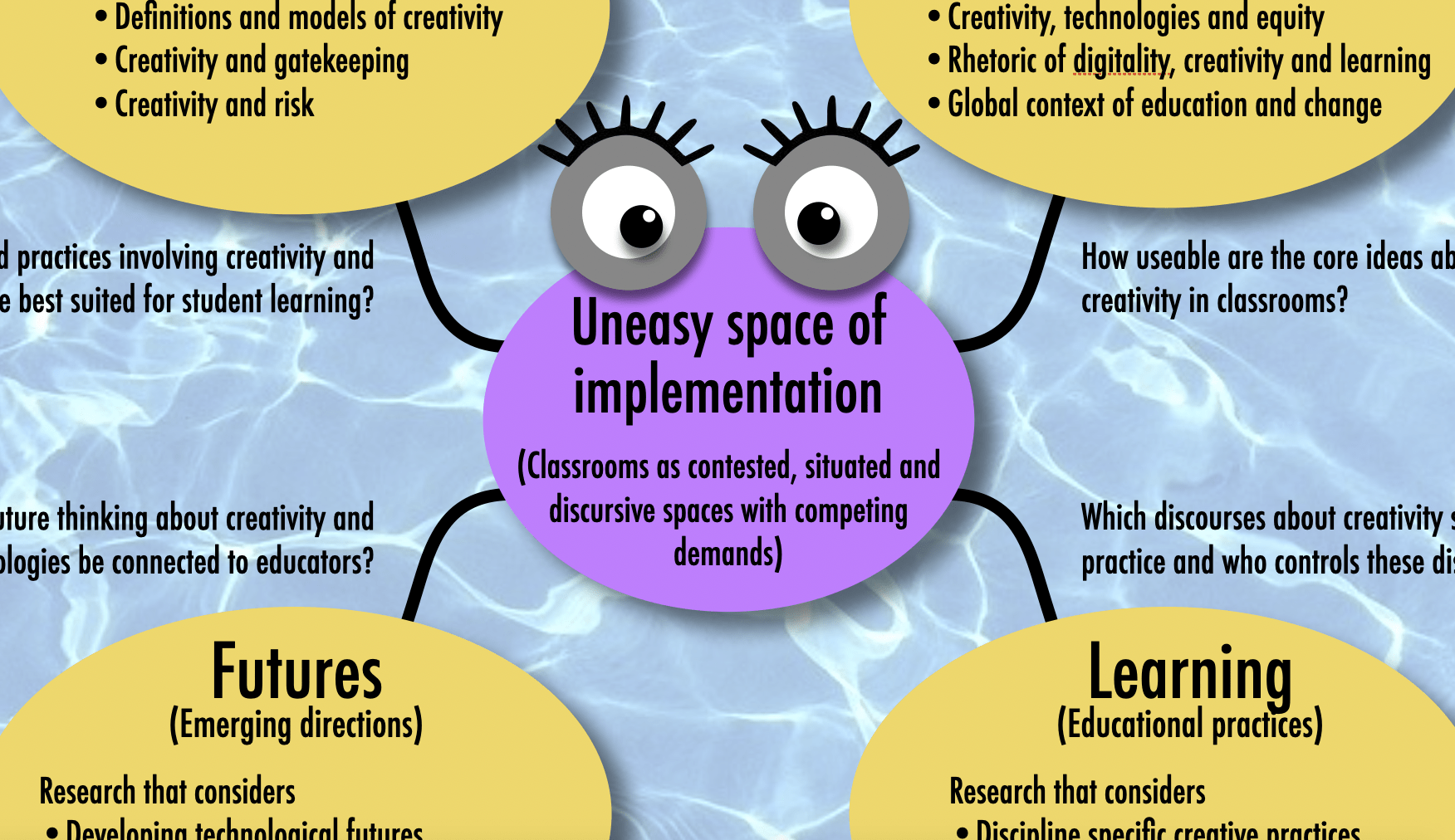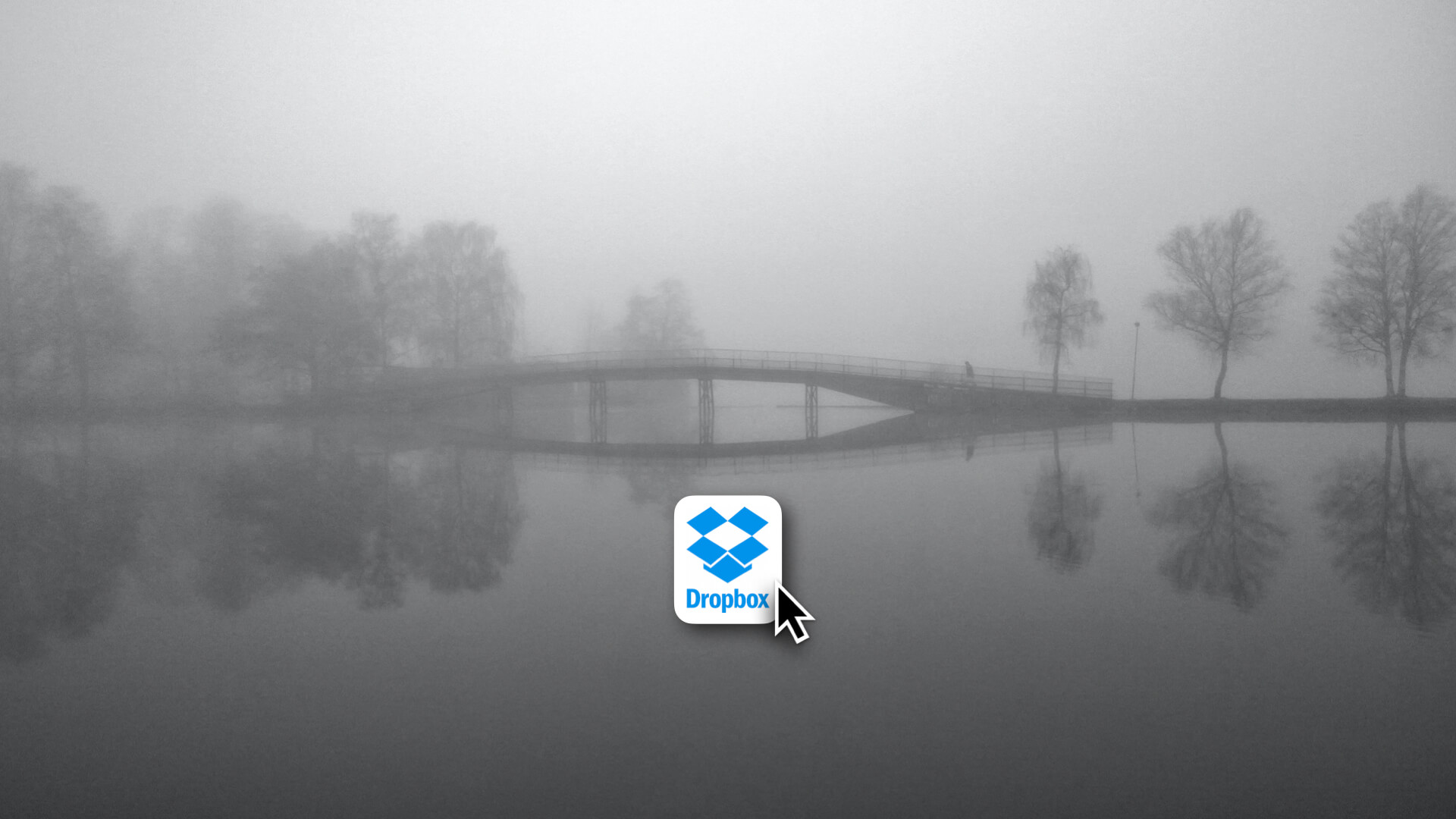A paper co-authored with Jon Good and Aman Yadav, building on Jon’s practicum study has received the Outstanding Paper Award at the SITE 2017. Complete reference, link to article and abstract given below.
Good. J., Yadav. A., & Mishra, P. (2017). Computational Thinking in Computer Science Classrooms: Viewpoints from CS Educators. Paper presented at the SITE 2017 Conference, San Antonio.
Abstract: Computational thinking (CT) has been described as a mental activity, a problem solving approach, and a skill fundamental to most disciplines. For teachers, the varied definitions of CT make it difficult to integrate into the curriculum. The purpose of this study was to examine how secondary computer science teachers perceive computational thinking practices and concepts in their own introductory computer science classes. Using in-depth qualitative interviews with CS teachers, we investigated how their existing curriculum was structured, their impressions of computational thinking concepts, and whether they identified computational thinking concepts within their curriculum. The results from the study suggested that computer science teachers are generally not familiar with computational thinking concepts, but when made aware of them, they find them relevant to their curricula. The findings inform CS teacher education, and refine both the theory and practice of CT in K-12 classrooms.




It’s great!